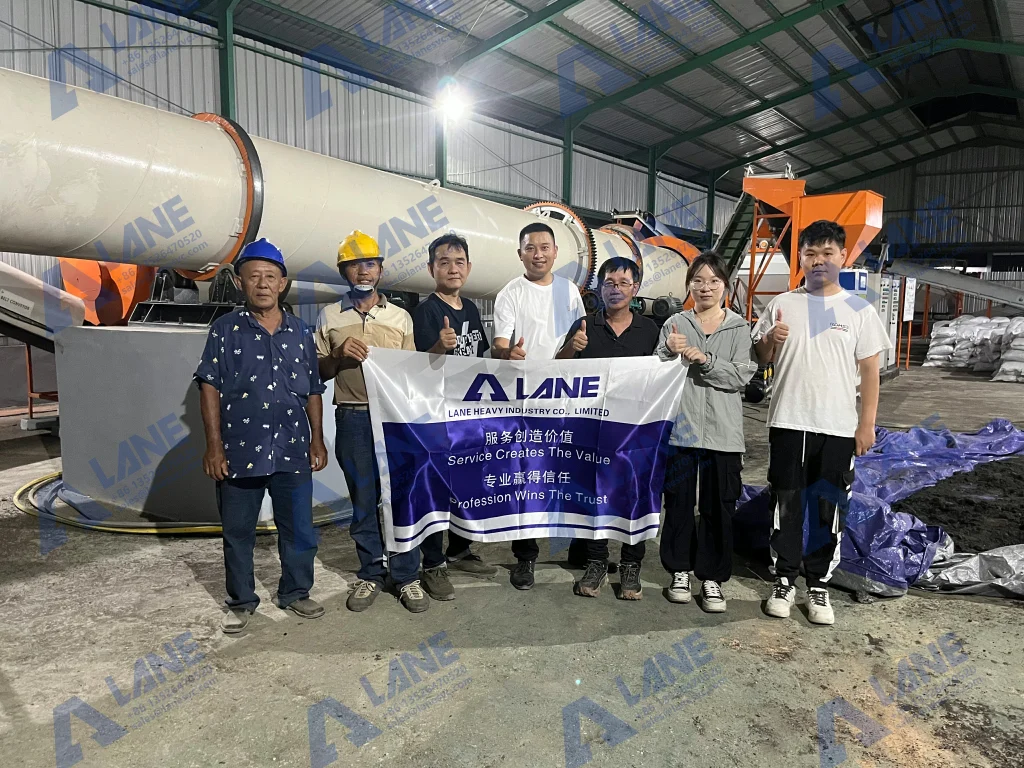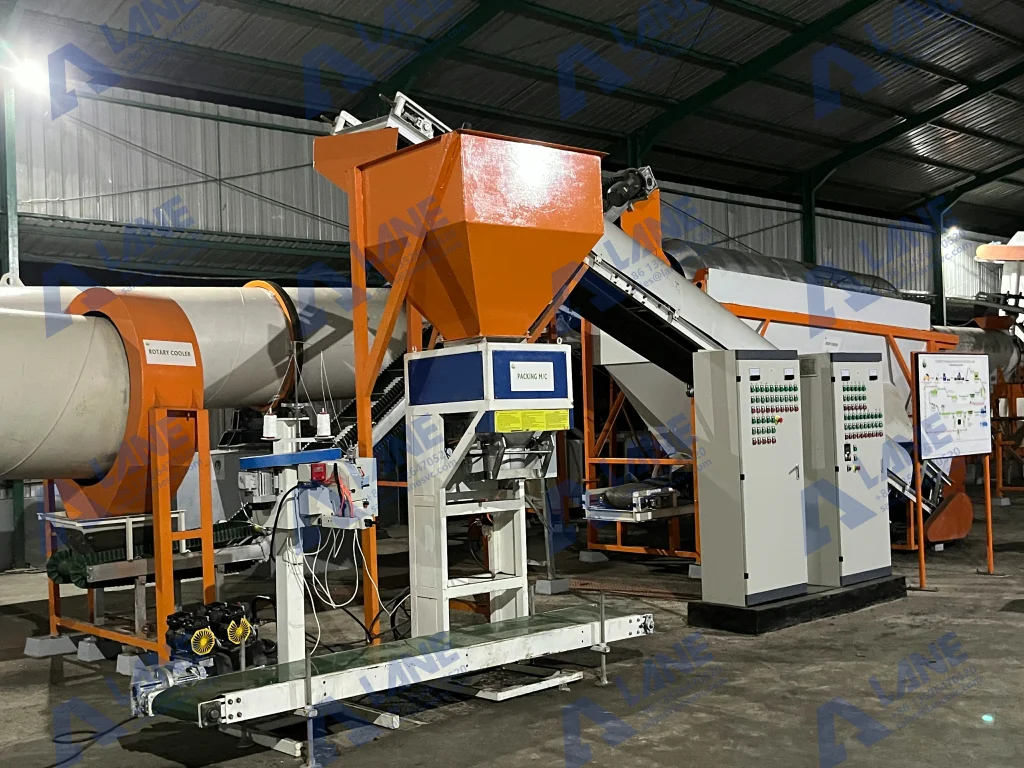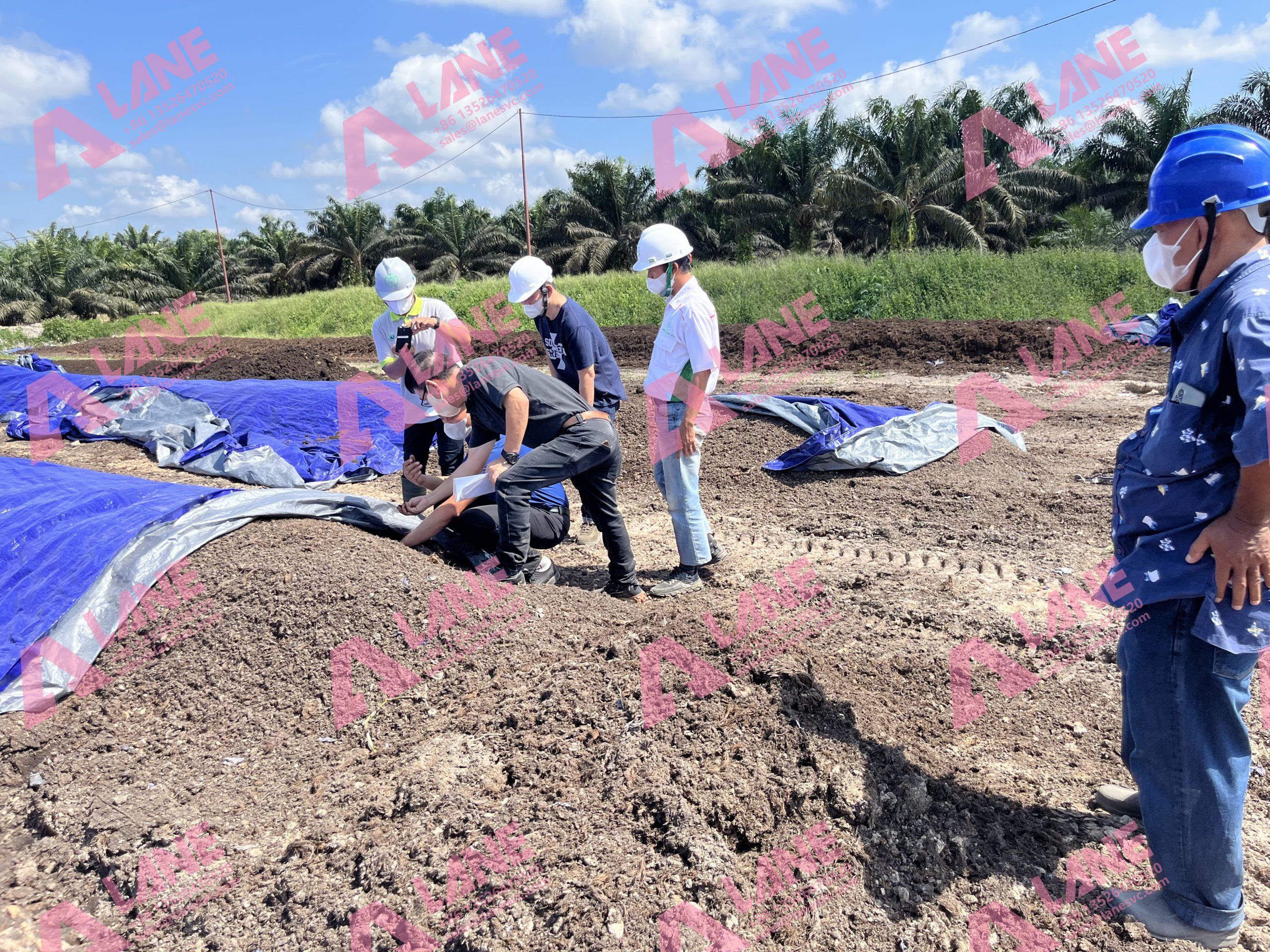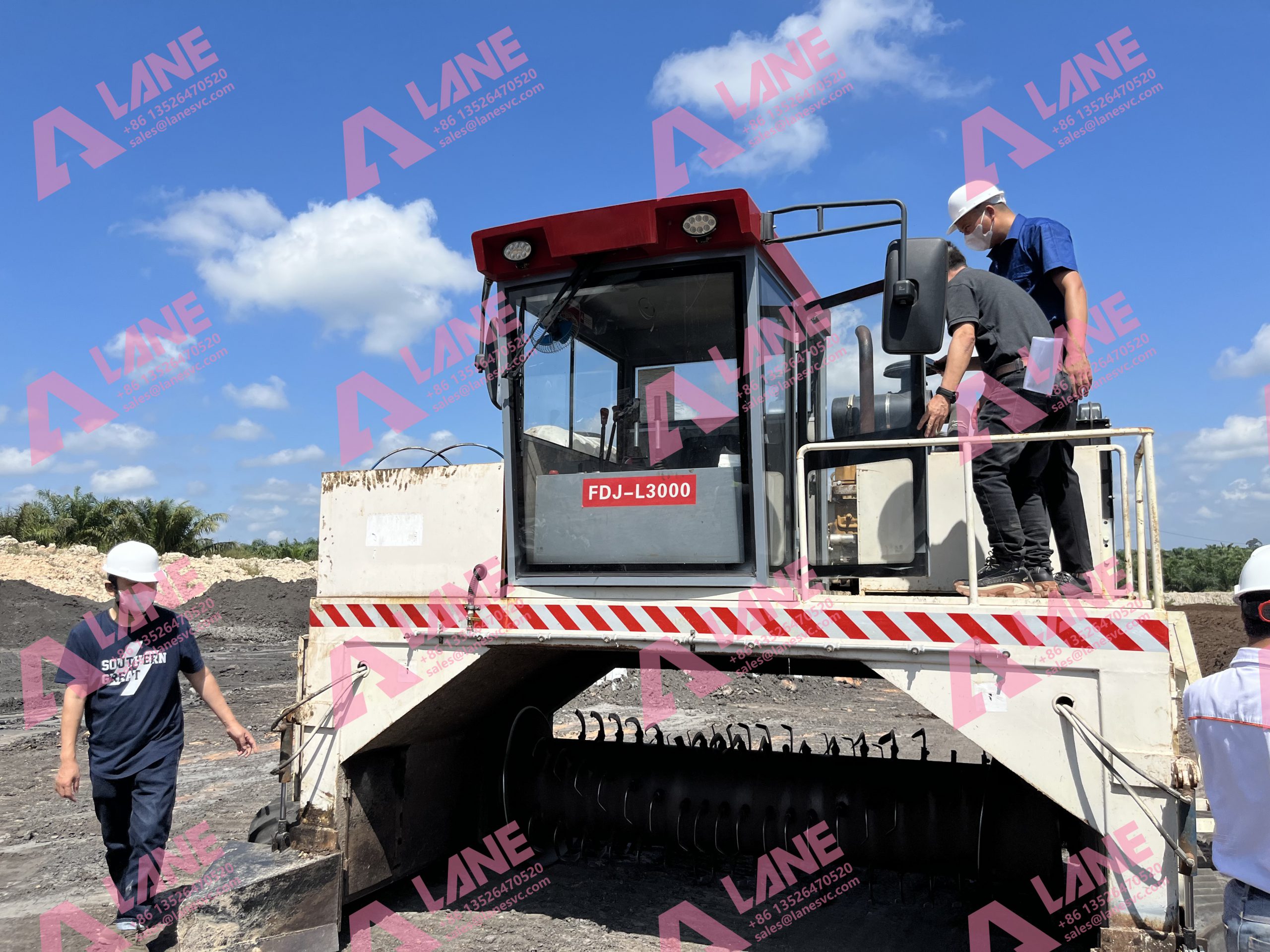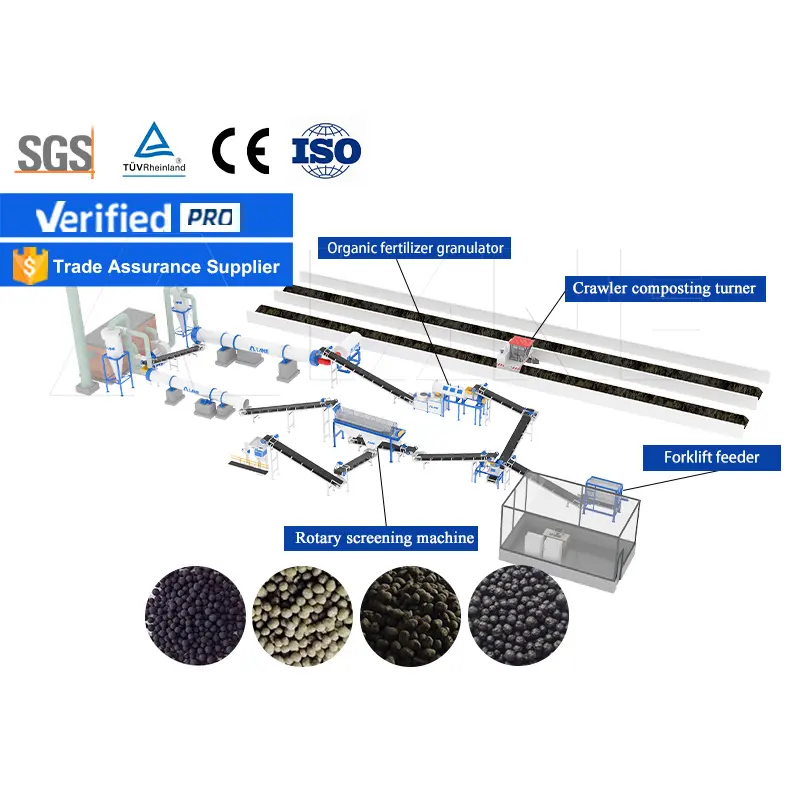
【 Applicable material】Palm kernel shell, PKS, hemp palm, windmill palm, fruit, palm fiber, oil palm EFB, empty fruit skewers, etc.
【Equipment 】crusher, mixer, granulator, dryer, cooler, etc.
The palm waste organic fertilizer production line is a complete set of equipment that converts the residues of palm trees, such as leaves, empty fruit clusters, and dead branches, into organic fertilizers through a series of processing steps. This production process includes key steps such as collection, crushing, fermentation, granulation, drying, and packaging. Through this process, not only has the problem of palm waste disposal been effectively solved, but a sustainable source of organic fertilizer has also been provided for agriculture, achieving resource recycling and promoting ecological balance and sustainable development of agriculture.
The production process of palm waste organic fertilizer production line mainly includes steps such as raw material pretreatment, primary fermentation, secondary fermentation, crushing and stirring, granulation and forming, drying and cooling, screening and packaging.
Raw material pretreatment
Raw material collection: The collected palm waste needs to undergo preliminary cleaning and crushing to remove impurities and reduce material particle size for subsequent processing.
Ingredient adjustment: Mix palm waste with other auxiliary materials such as livestock manure or plant straw to adjust its carbon nitrogen ratio and moisture content. Usually, the optimal carbon to nitrogen ratio is 25:1-30:1, and the moisture content is maintained at 50% -60%.
One fermentation
Composting fermentation: Stack the prepared raw materials in the fermentation area and start the fermentation process by adding microbial strains. At this stage, it is necessary to control temperature, humidity, and ventilation to promote the activity of beneficial microorganisms.
Stacking treatment: During the fermentation process, the material is regularly flipped using a pile turning machine to ensure full contact with air and promote uniform fermentation.
Secondary fermentation
Post fermentation: After one fermentation is completed, the material needs to be further decomposed. This stage mainly aims to make organic matter more stable, reduce the odor of fertilizers, and thoroughly kill harmful bacteria and insect eggs.
Fine crushing: After fermentation, the material is finely crushed by a grinder to ensure that its particle size meets the requirements for subsequent granulation.
Crushing and stirring
Mixing and stirring: The crushed material is fed into a mixer and thoroughly mixed with necessary trace elements or other fertilizer additives to ensure the nutritional balance of the fertilizer.
Mixing standard: During the mixing process, it is necessary to ensure that the materials are uniform and free of large particles or debris, in order to ensure the quality of subsequent granulation.
Granulation molding
Granulation process: The uniformly mixed materials are fed into a granulator to form circular or irregularly shaped particles through extrusion or other means.
Granulation equipment: Common granulation equipment includes disc granulators, drum granulators, etc., which can adjust the size and shape of particles according to demand.
Drying and cooling
Drying treatment: The granulation particles have a high moisture content and need to be dried by a dryer to reduce their moisture content to a level suitable for storage and transportation.
Cooling process: The dried particles enter the cooling machine for cooling, which helps to enhance particle strength and prevent particle breakage during subsequent processing.
Screening packaging
Screening and grading: After cooling, the particles are screened by a screening machine to separate out the unqualified particles and return them for re granulation, ensuring the consistency of the particle size of the finished fertilizer.
Automatic packaging: Qualified particles are packaged by an automatic packaging machine. Common packaging forms include bagged or bulk, and product information and usage instructions must be indicated on the packaging.
For more information, please contact us by sending an inquiry today! We can help you!


